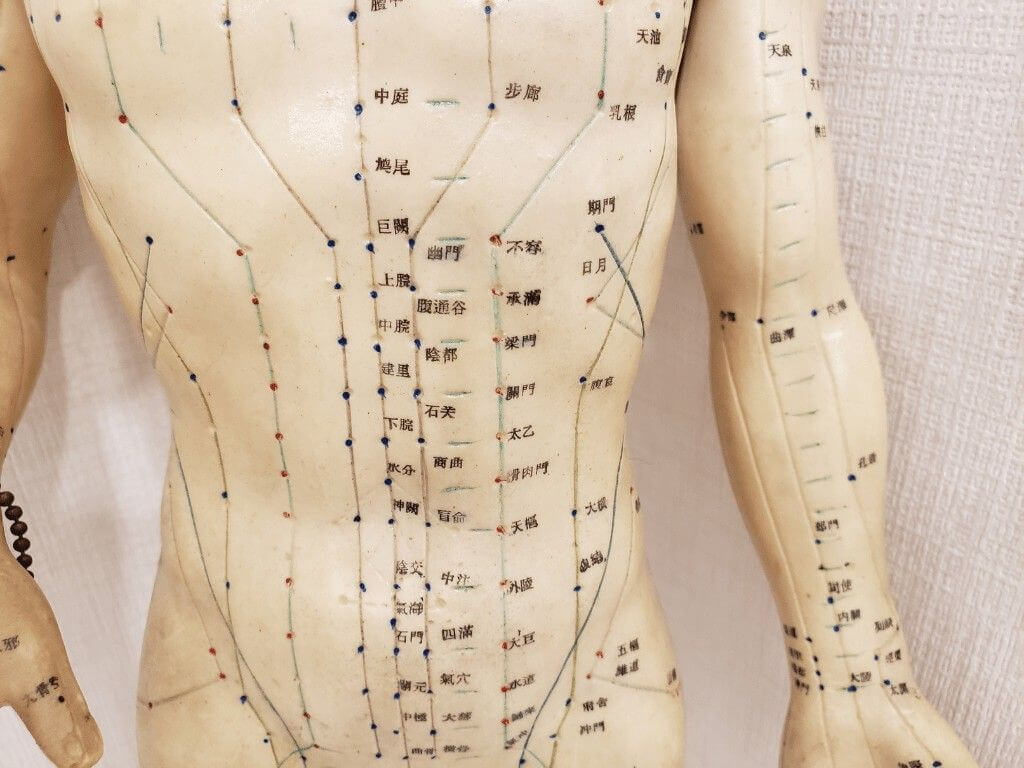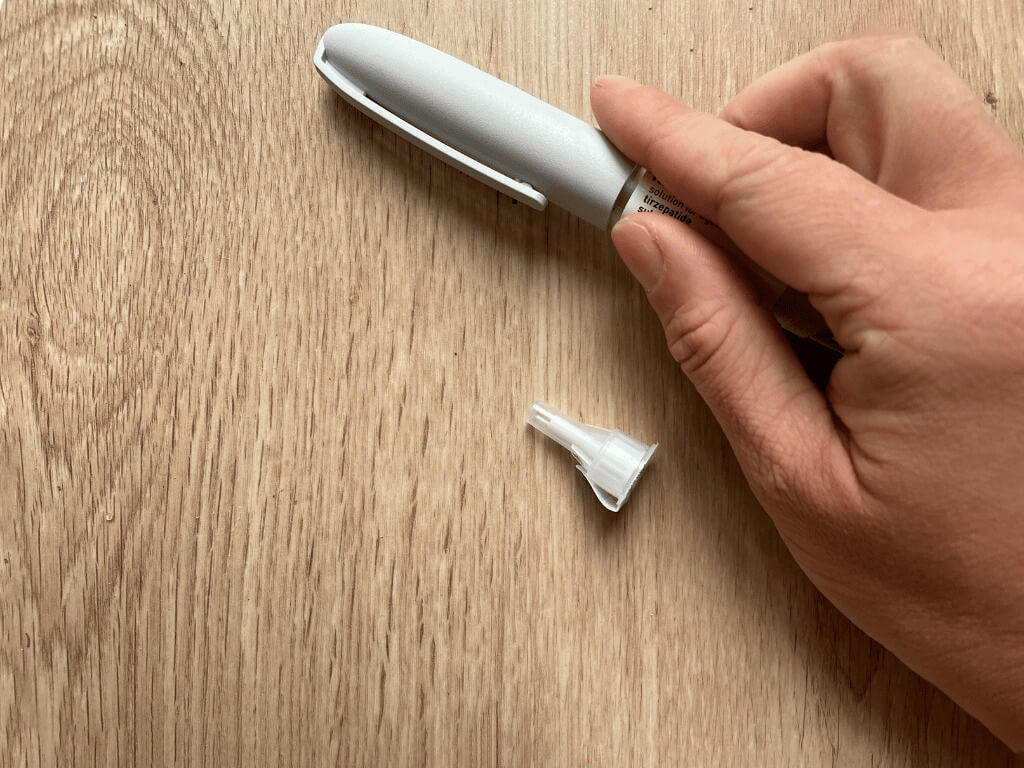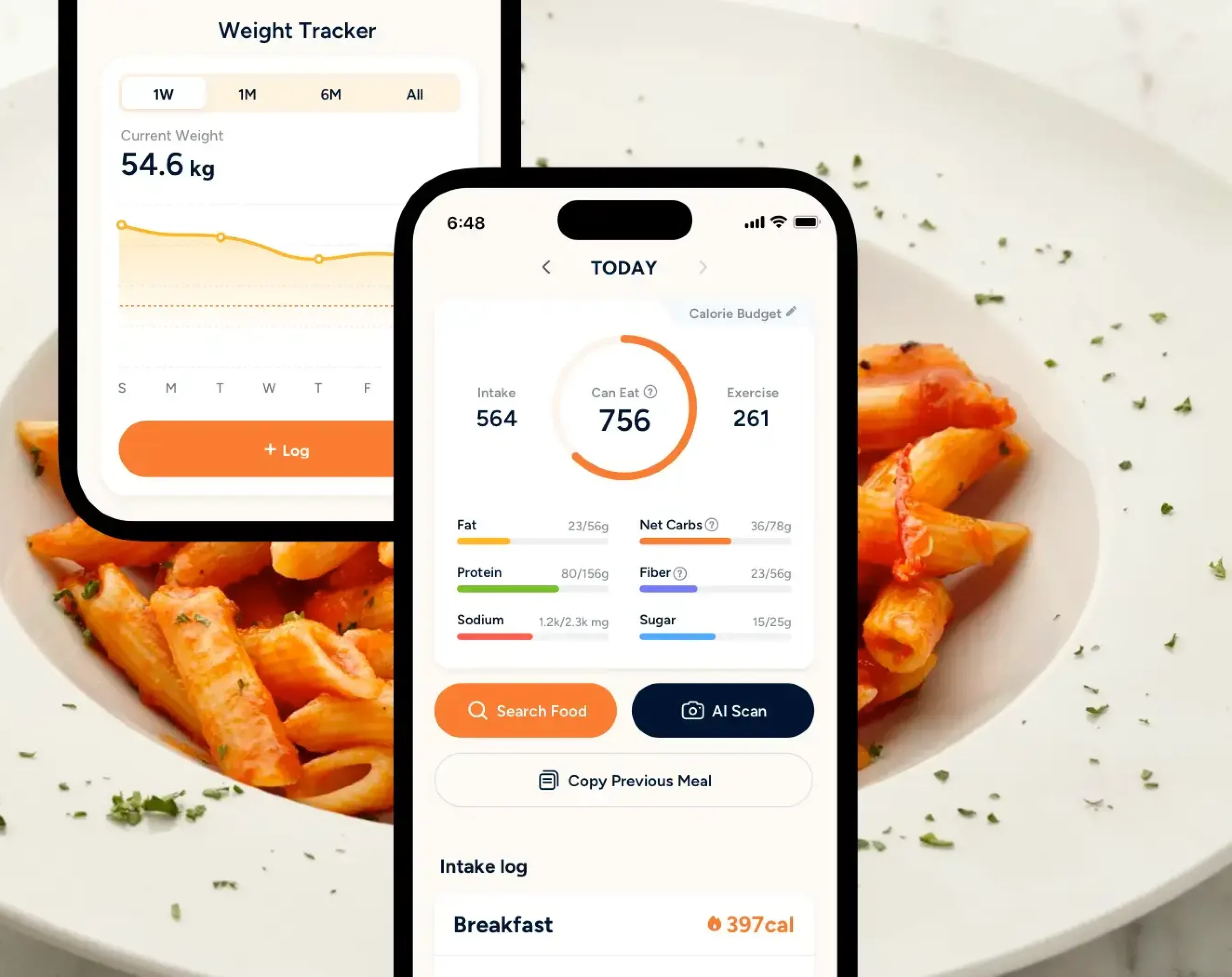Sometimes, some individuals may find it hard to lose weight despite counting calories, strict dietary restrictions, or spending hours at the gym. As a last resort, they may find themselves turning to alternative approaches for extra support. One of the most-talked-about options right now is acupuncture for weight loss.
Acupuncture is an ancient practice that stems from traditional Chinese medical practice and is increasingly explored as a weight reduction treatment. But how exactly does it work, and what should you expect if you decide to try it? Let’s break it down together.
Key Takeaways
- Rooted in traditional Chinese medicine, acupuncture involves inserting thin needles at specific points to balance energy flow, stimulate nerves and muscles, and support overall health.
- Studies suggest acupuncture may help reduce body fat, BMI, fasting blood glucose, and lipid profiles.
- Points such as the ears (hunger point, shen men), Zusanli (ST36), Sanyinjiao (SP6), Zhongwan (CV12), Renzhong (GV26), and Xuehai (SP10) are commonly used to influence digestion, appetite, and metabolism.
- Typical programs range from 6–8 weeks, with weekly or bi-weekly sessions and can cost between $50 to over $150 per session
- While generally safe with a licensed practitioner, acupuncture carries risks such as bleeding, bruising, infection, nerve damage, and interference with medical devices.
What is Acupuncture?

Acupuncture is a traditional alternative medicine practice. It is meant to treat multiple different conditions and symptoms, such as chronic pain, chronic inflammation, and more.
This way of treatment is rooted in the belief of traditional Chinese medicine (TCM). It combines philosophical principles of Confucianism and Taoism. Every treatment involves an assessment of the Qi (also known as vital energy), yin, and yang flow in our body [1].
How acupuncture works
Acupuncture typically involves inserting very thin needles into the skin at various pressure points of the body. The idea behind doing this is to treat the various pains and restore balance in the energy flow within the body.
However, in Western practice, inserting needles into acupuncture points is believed to help with stimulating the nerves, muscles, and tissues to boost healing [2].
Can Acupuncture Help with Weight Loss?
Some studies have found that acupuncture may be able to help with weight loss along with diet and lifestyle changes. It is said that body acupuncture can help to stimulate the release of endorphins, or the body’s natural “feel good” hormones.
When this hormone is released, it leads to your body feeling calm and relaxed. It may help to curb the feeling of wanting to overeat due to stress, frustration, or anxiety.
To add to this, a 2015 randomized controlled trial that involved 80 obese patients found that there was a significant reduction in anthropometric measurements of body fat tissues after acupuncture. Decreases in kidney function, lipid profiles, and fasting blood glucose were also recorded post-acupuncture [3].
Another study design that looked at over 21 randomized controlled trials. 1389 patients found evidence that acupuncture resulted in a significant reduction in body mass index (BMI), and body fat mass compared to a group that received no treatment and a group that did sham acupuncture [4].
Thus, all of these show that acupuncture could be an effective option for weight loss, particularly for obesity.

Weight Loss Has Never Been Easier
Get accurate nutrition info instantly. Keep track of your progress.
Download Eato For FreeWhere Are the Acupuncture Points for Weight Loss?

The acupuncture points for weight loss can be found on the ears. The ears are the hunger point and shen men for appetite control and emotional eating. There’s also the Zusanli (ST36) located along the stomach meridian, which is believed to control digestion.
Other acupressure points for weight loss include [5]:
- Sanyinjiao (SP6): Sanyinjiao is a point located along the spleen meridian. It is believed to play a role in organ function of the lower abdomen and the parasympathetic nervous system.
- Zhongwan (CV12): Zhongwan is located along the Conception Vessel meridian. It is believed that this point influences the stomach digestion and intestinal function.
- Renzhong (GV26): The Renzhong point is located along the governing meridian and is thought to influence weight, particularly obesity.
- Xuehai (SP10): This is located along the spleen meridian and is thought to influence blood sugar levels.
Benefits of Acupuncture
Besides helping with weight management, it is said that acupuncture can be used to treat upset stomach, headaches, menstrual cramps, tennis elbow, fibromyalgia, carpal tunnel syndrome, osteoarthritis, myofascial pain, low back pain, asthma, and inflammation.
It may also help with stress management and stroke rehabilitation [6].
How Many Sessions are Needed for Weight Loss?
The number of sessions needed to see weight loss results is dependent on the goals that you are trying to achieve. You can likely expect to go for consistent weekly or bi-weekly treatments to get started on your weight loss journey.
Depending on how far or near your weight loss goals might be, a trained and licensed practitioner would ask you to follow a program that has been created to suit these goals. Then slowly taper off the number of sessions as you get closer to it.
A six to eight-week program may be appropriate for an average weight loss of 10 to 12 pounds (4 to 5 kg).

Smarter Nutrition Tracking
Track calories and over 100 other nutrients all in one place.
Download Eato For FreeCost of Acupuncture Treatment
Like the number of sessions, the cost of treatment really depends. It is dependent on factors such as your weight goals, your location, how experienced the practitioner is, whether there are any treatment packages, and the type of acupuncture you are doing.
It may range anywhere from $50 to more than $150 per session. This is worth taking note of, so you can plan your budget accordingly.
What Can You Expect During An Acupuncture Session for Weight Loss?
At your first acupuncture appointment, you can expect the physician to discuss with you about your current condition and conduct a physical examination.
After that has been done, he or she will then proceed to tap the sterile, thin needles into the specific points of your body. Once that is in place, you will then proceed to lie in a still position for 10 to 30 minutes. This allows the needles to stimulate the body’s healing process.
During the session, you might feel some sensations of tingling, warmth, or ache. This is a normal experience of the session [7].
What Are Some Risks to Take Note of?
Like most treatments, acupuncture treatment comes with both health benefits and risks.
Some possible risks of doing acupuncture include [8]:
- Potential bleeding or bruising of the insertion sites
- Use of unsterile needles can lead to potential infections
- Nerve damage
- Organ injury
- Needle breakage
- May interfere with medical devices such as pacemakers
The Final Takeaway: To Try Acupuncture or Not
Based on everything that we’ve covered so far, it seems that acupuncture does have the potential to help people lose weight and manage their body weight, but current research is still rather limited. If you are open to alternative therapies, this could be a solution worth exploring to assist you in your weight loss efforts.
You can complement acupuncture for weight loss with healthy eating and engaging in regular physical activity. With Eato, you can track your meals, stay mindful of your choices, and make steady progress toward your goals. Try it today for free!

Weight Loss Has Never Been Easier
Get accurate nutrition info instantly. Keep track of your progress.
Download Eato For Free



